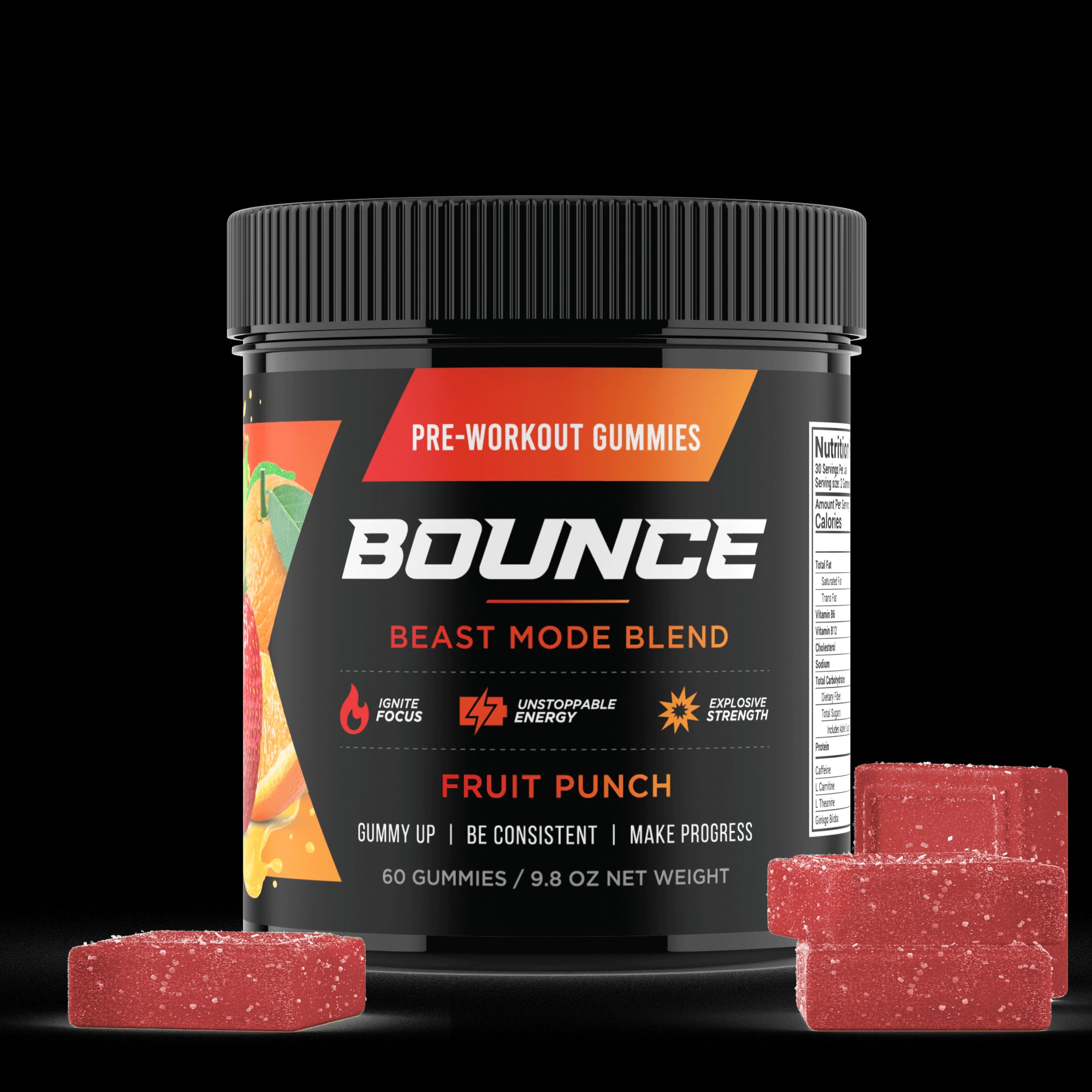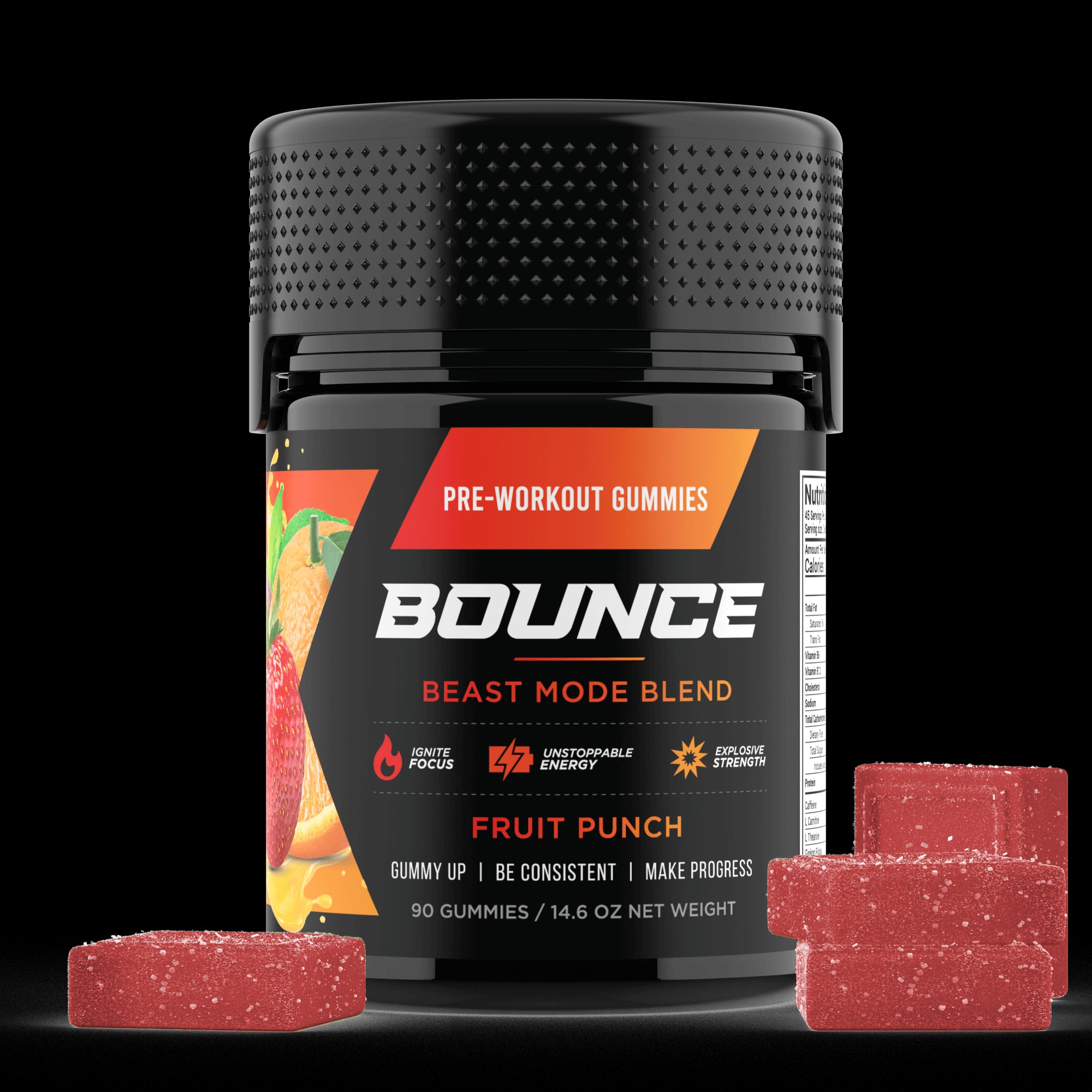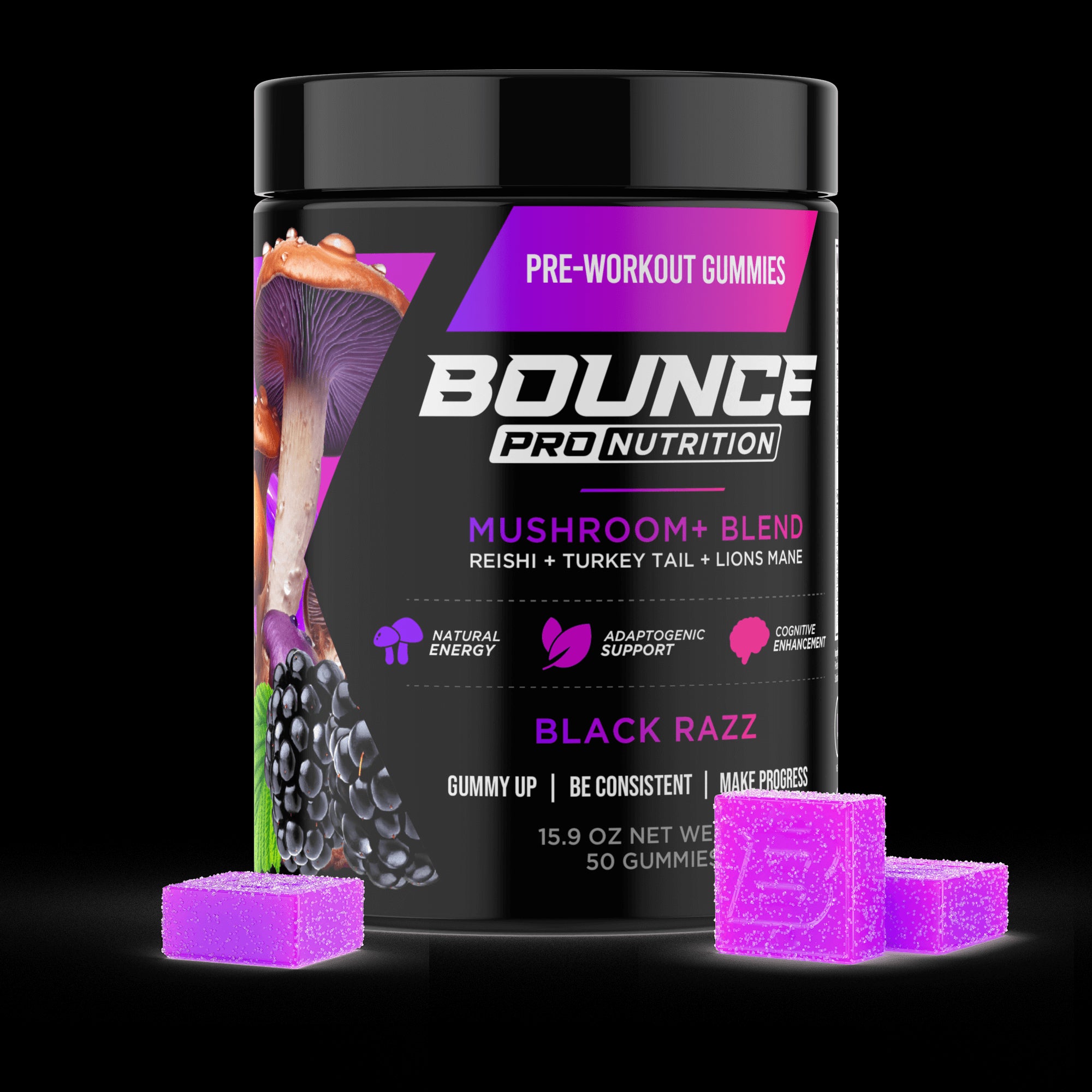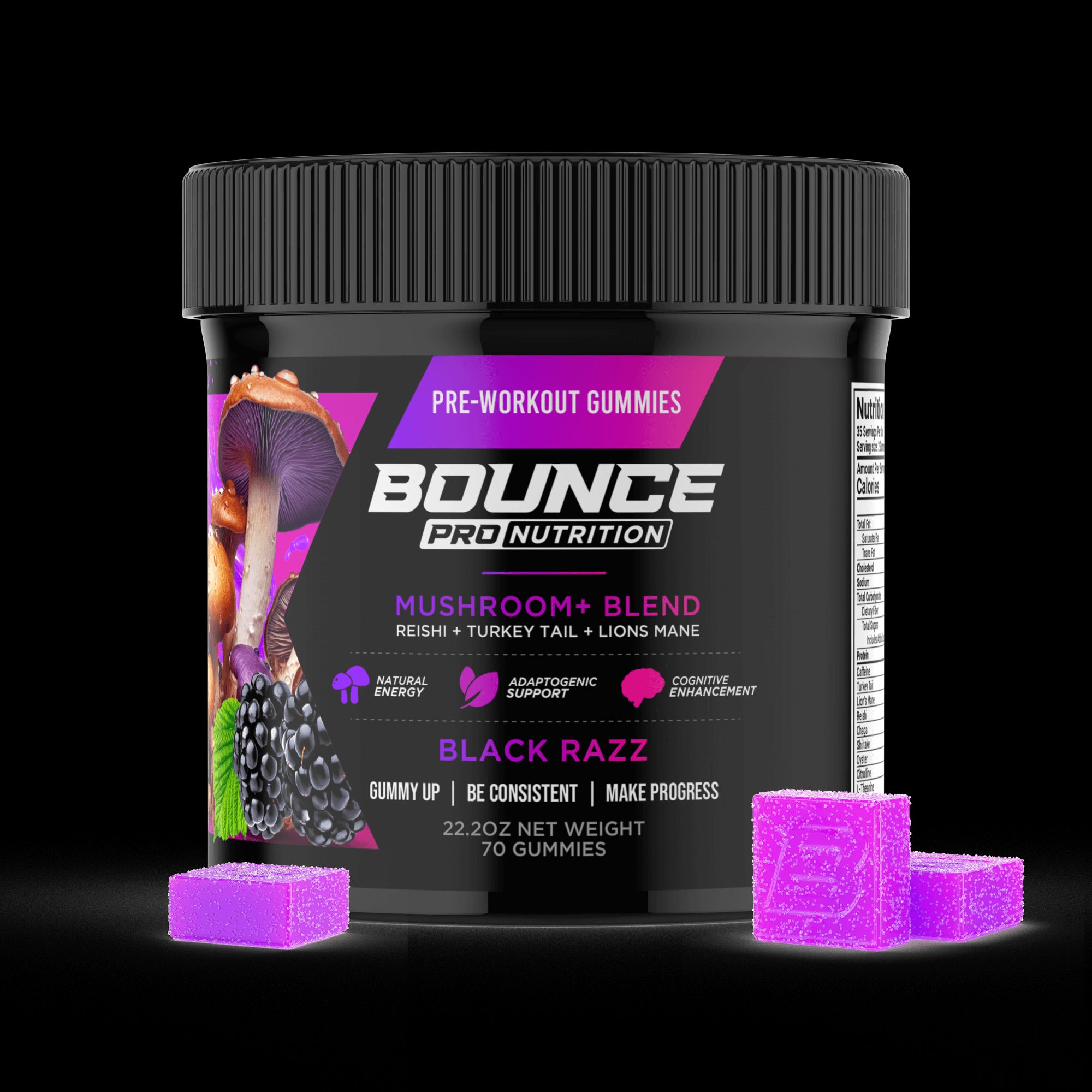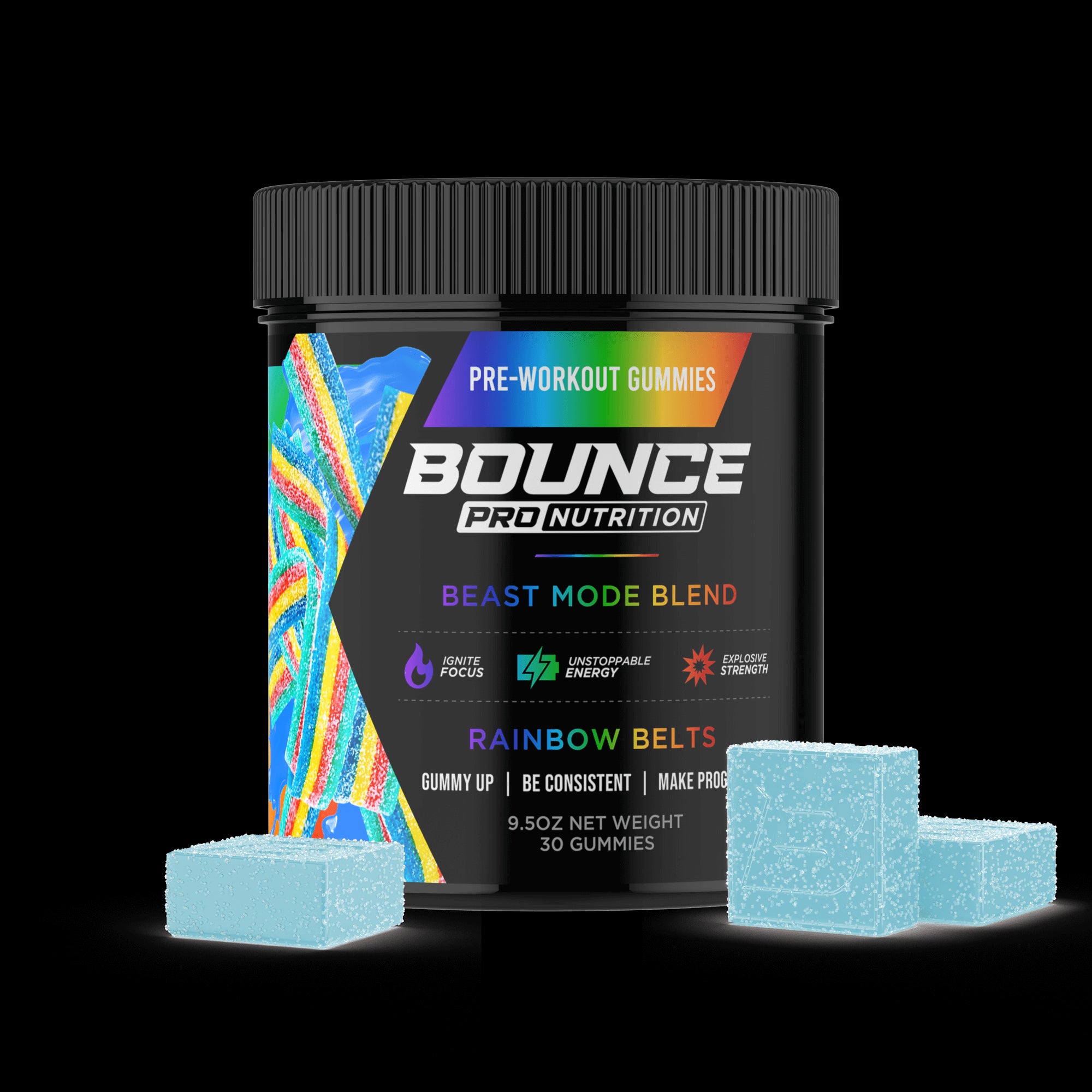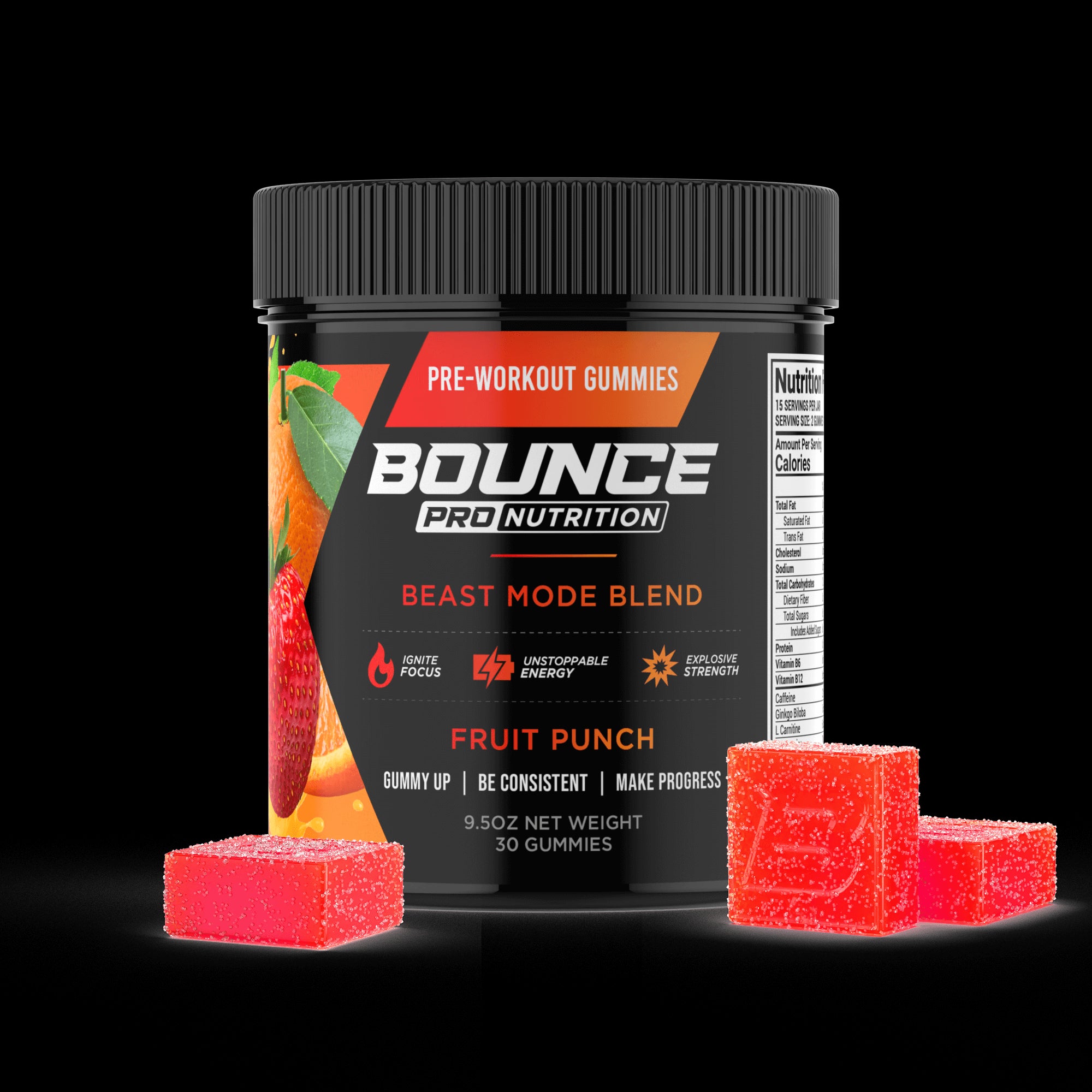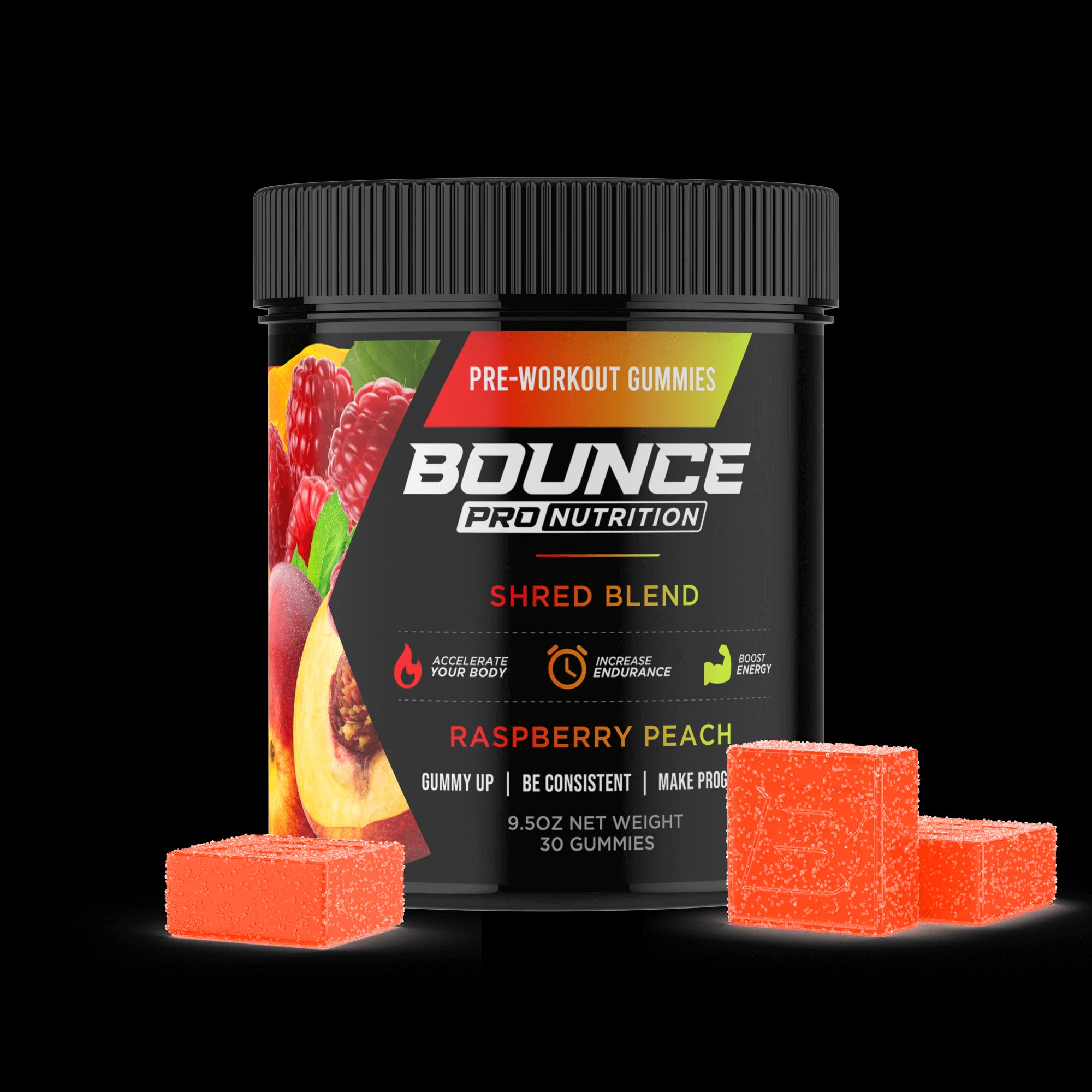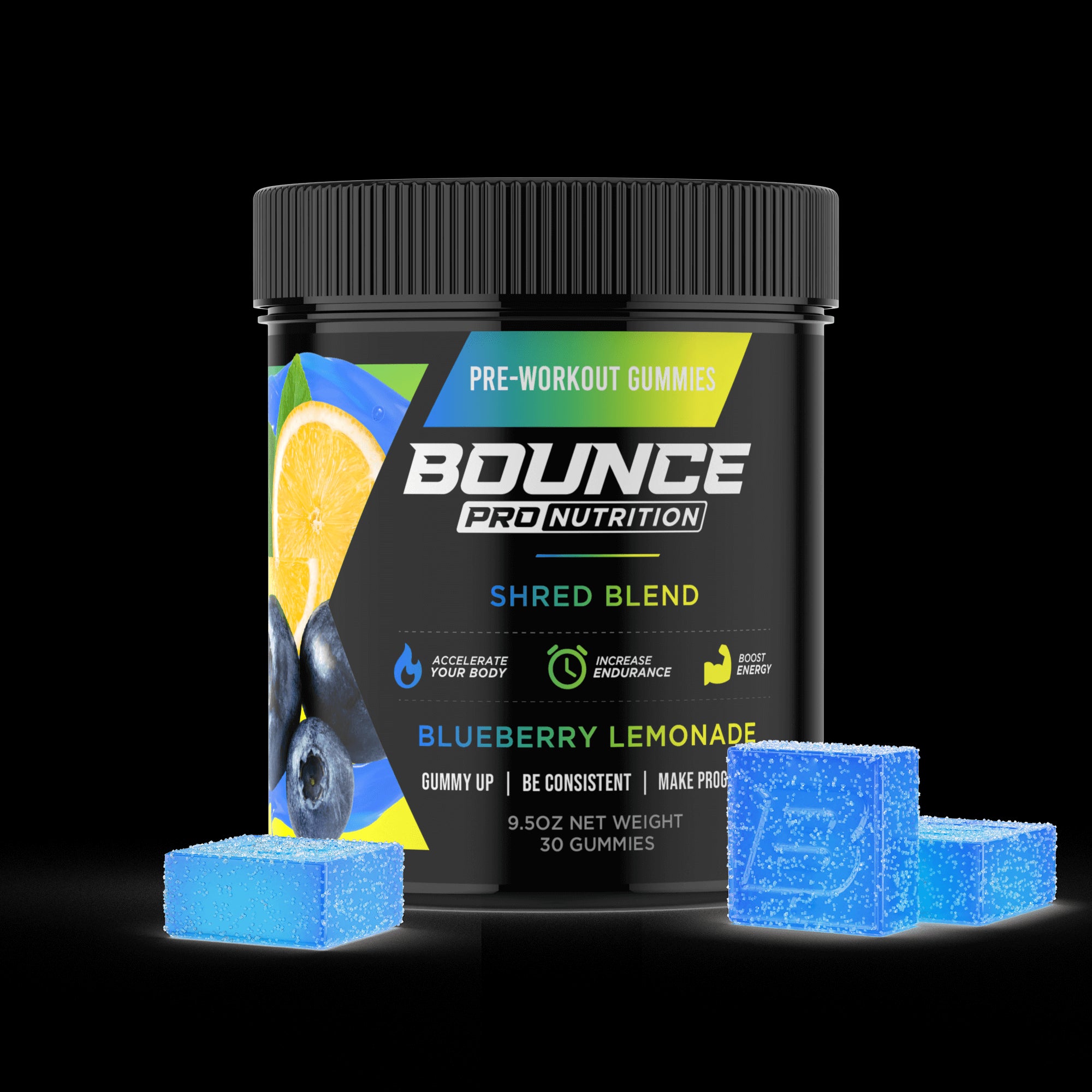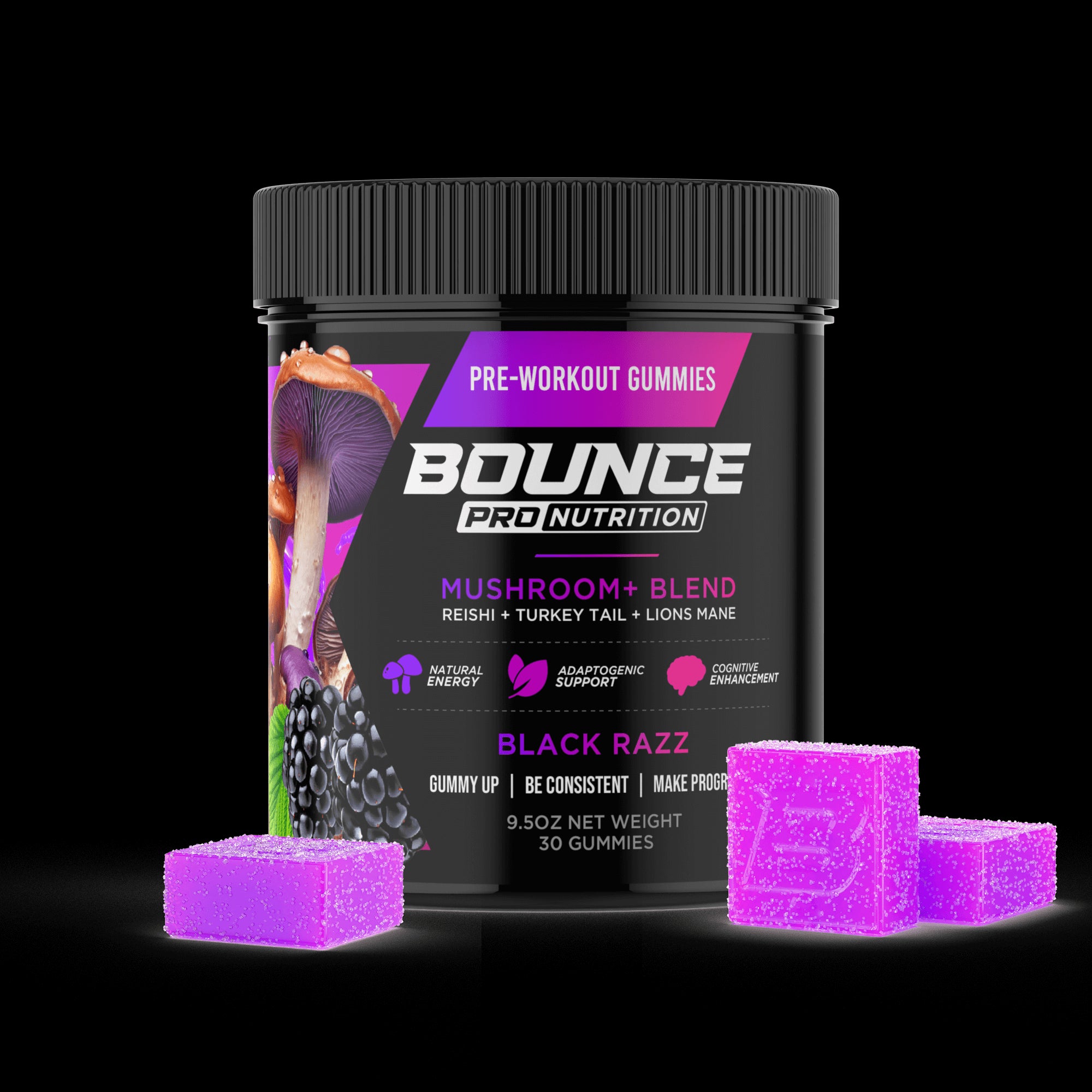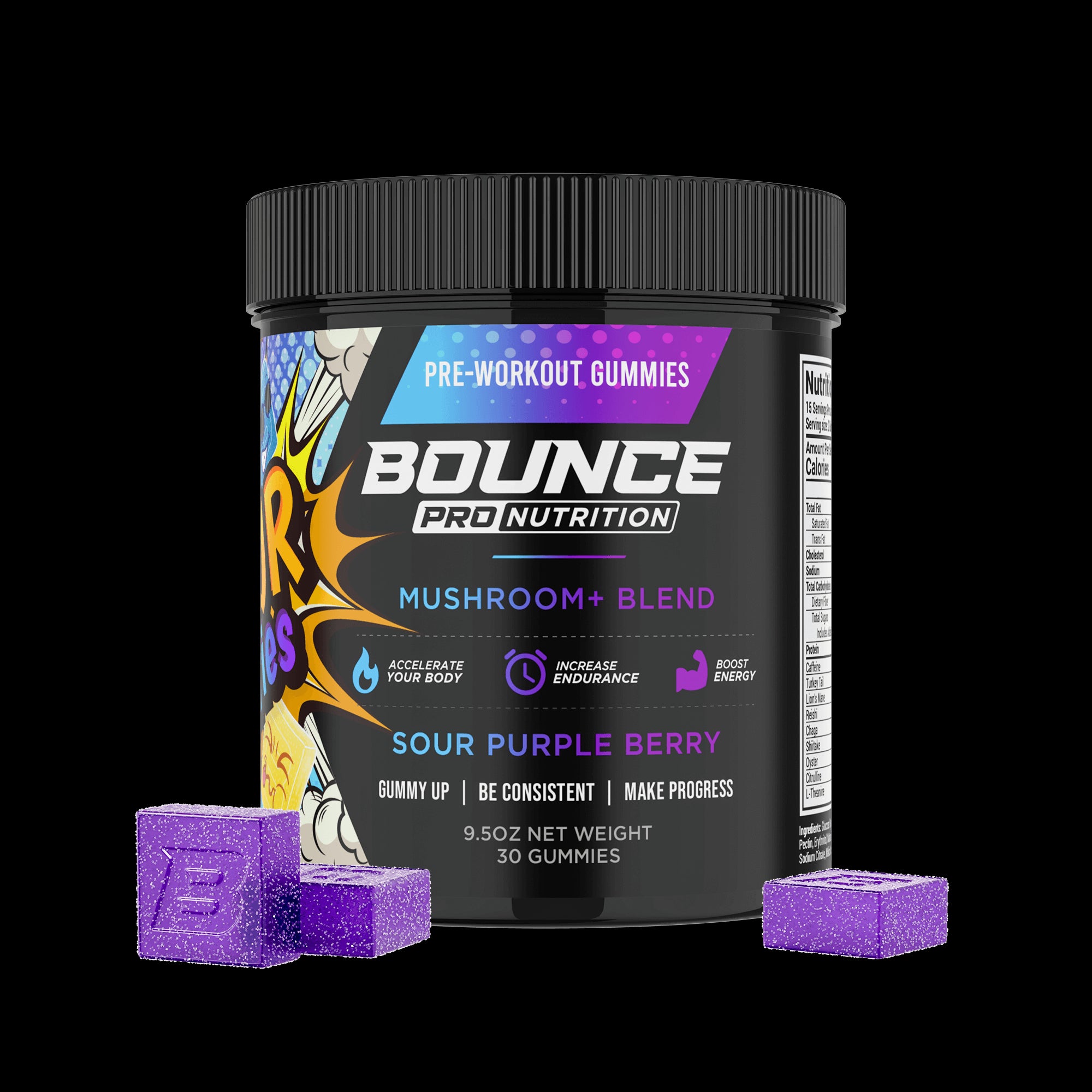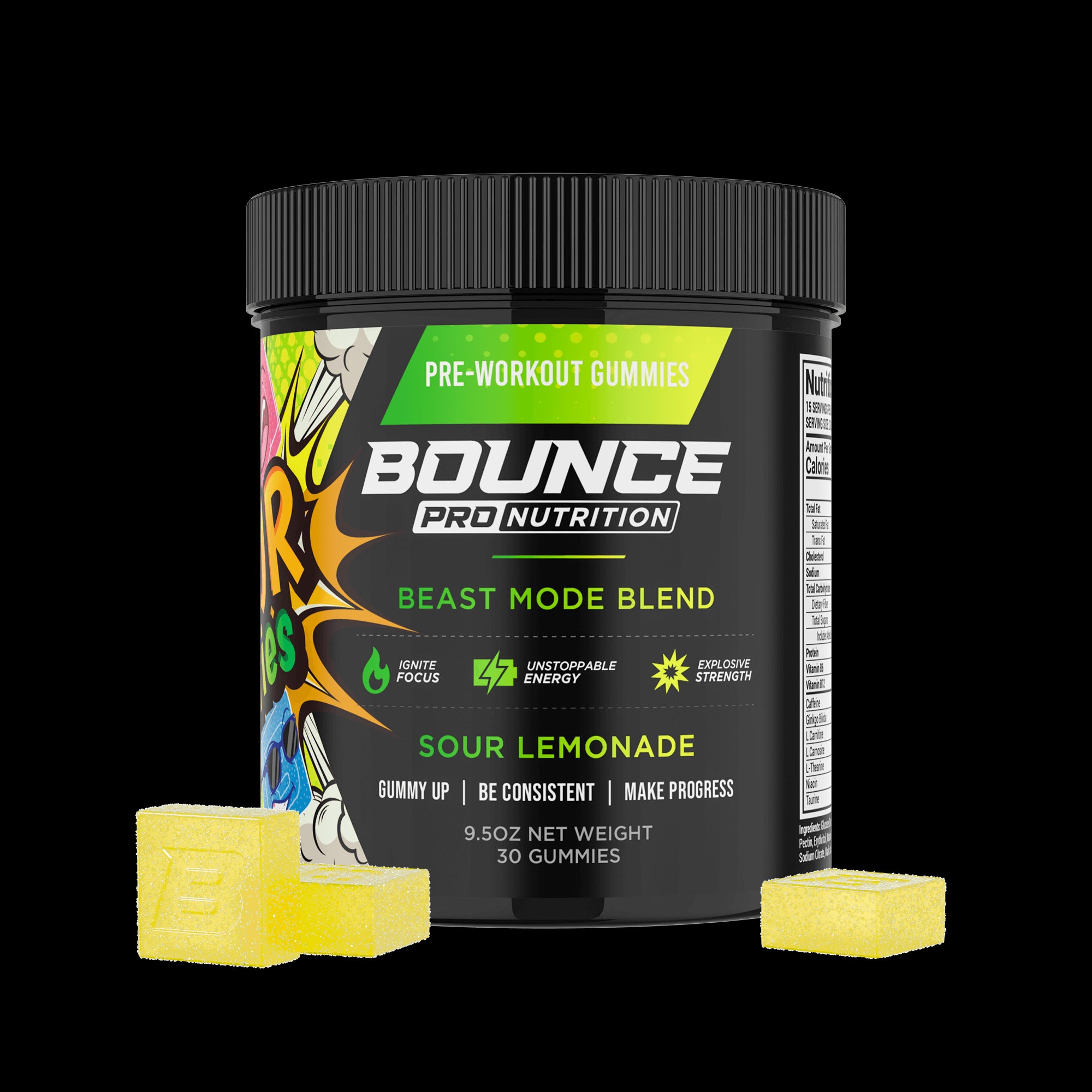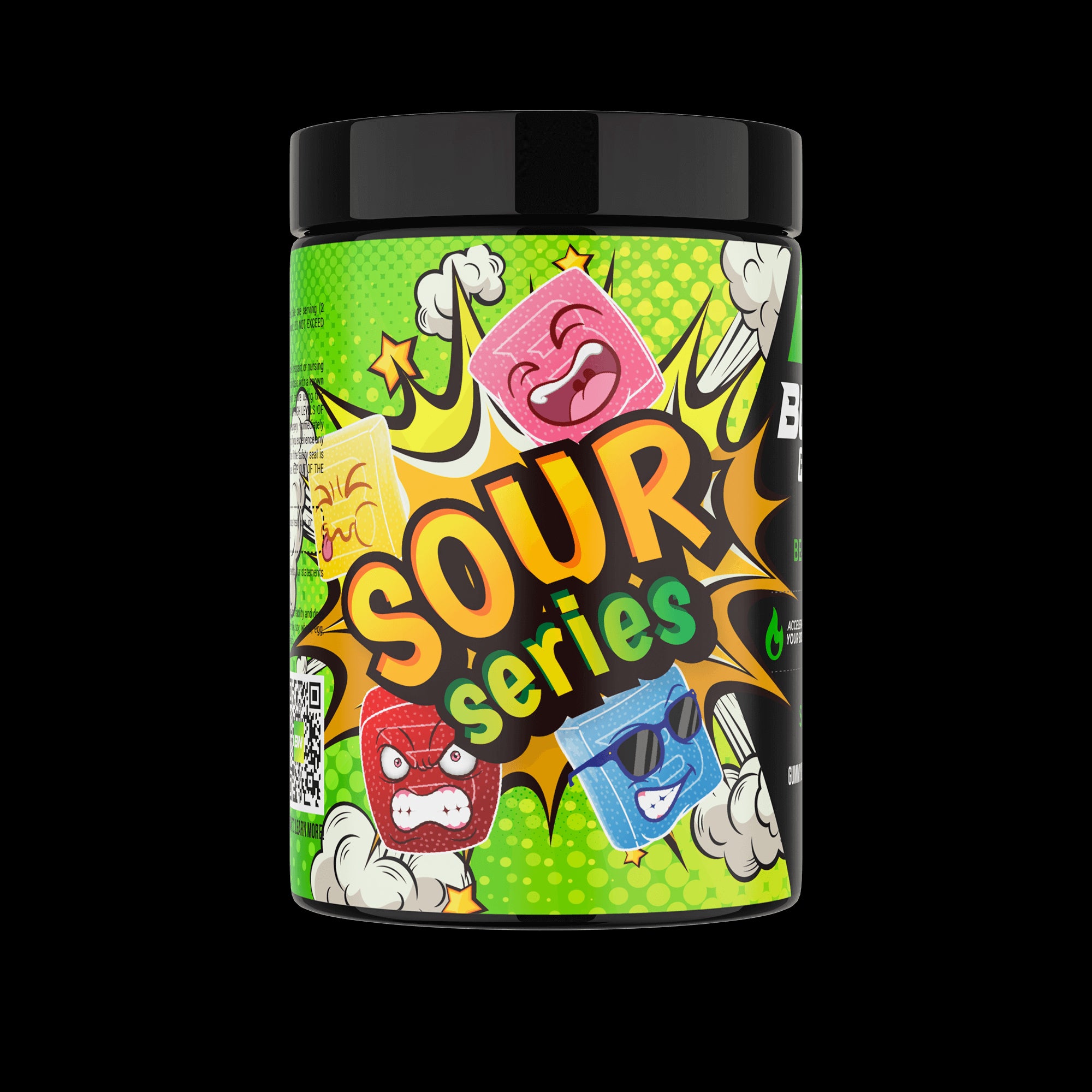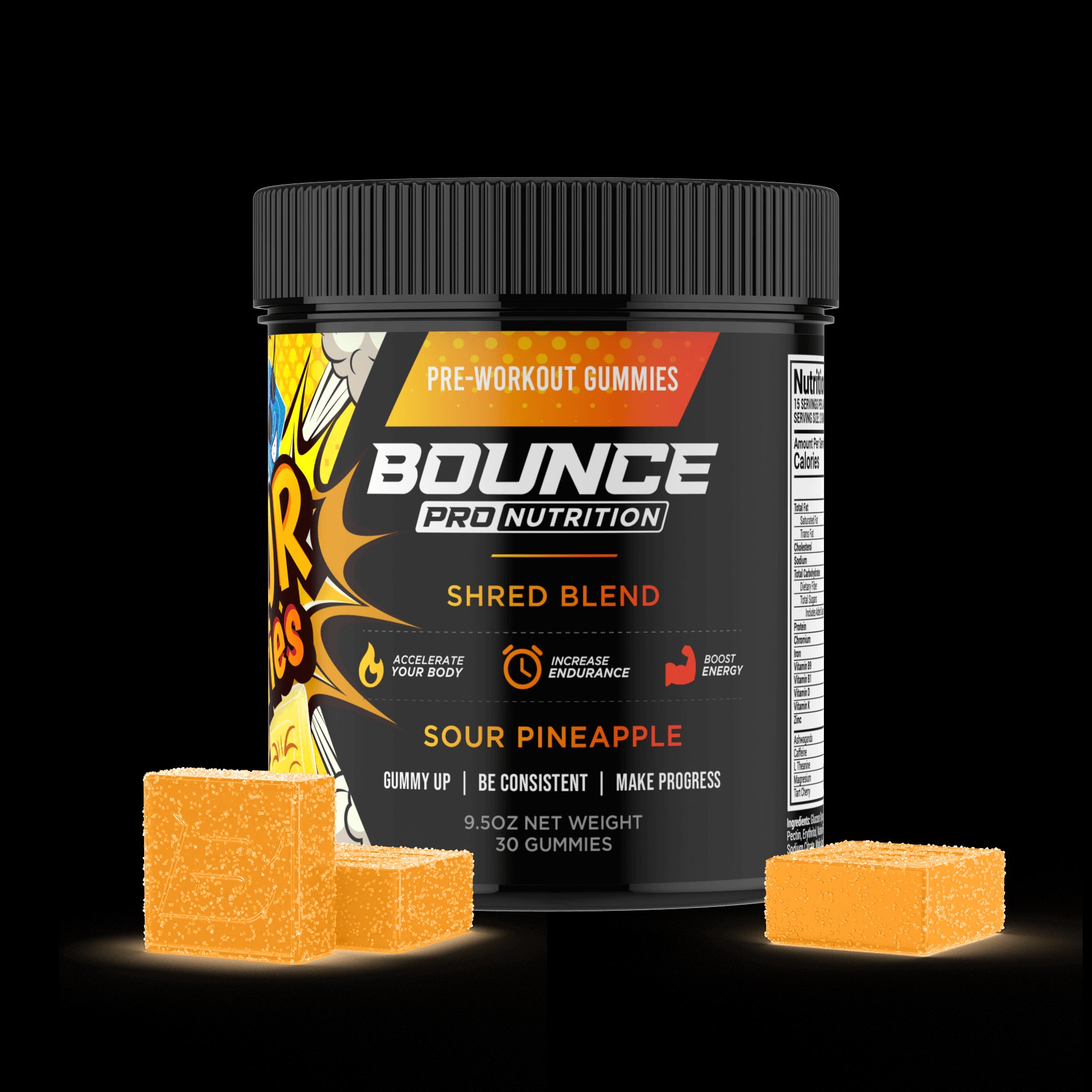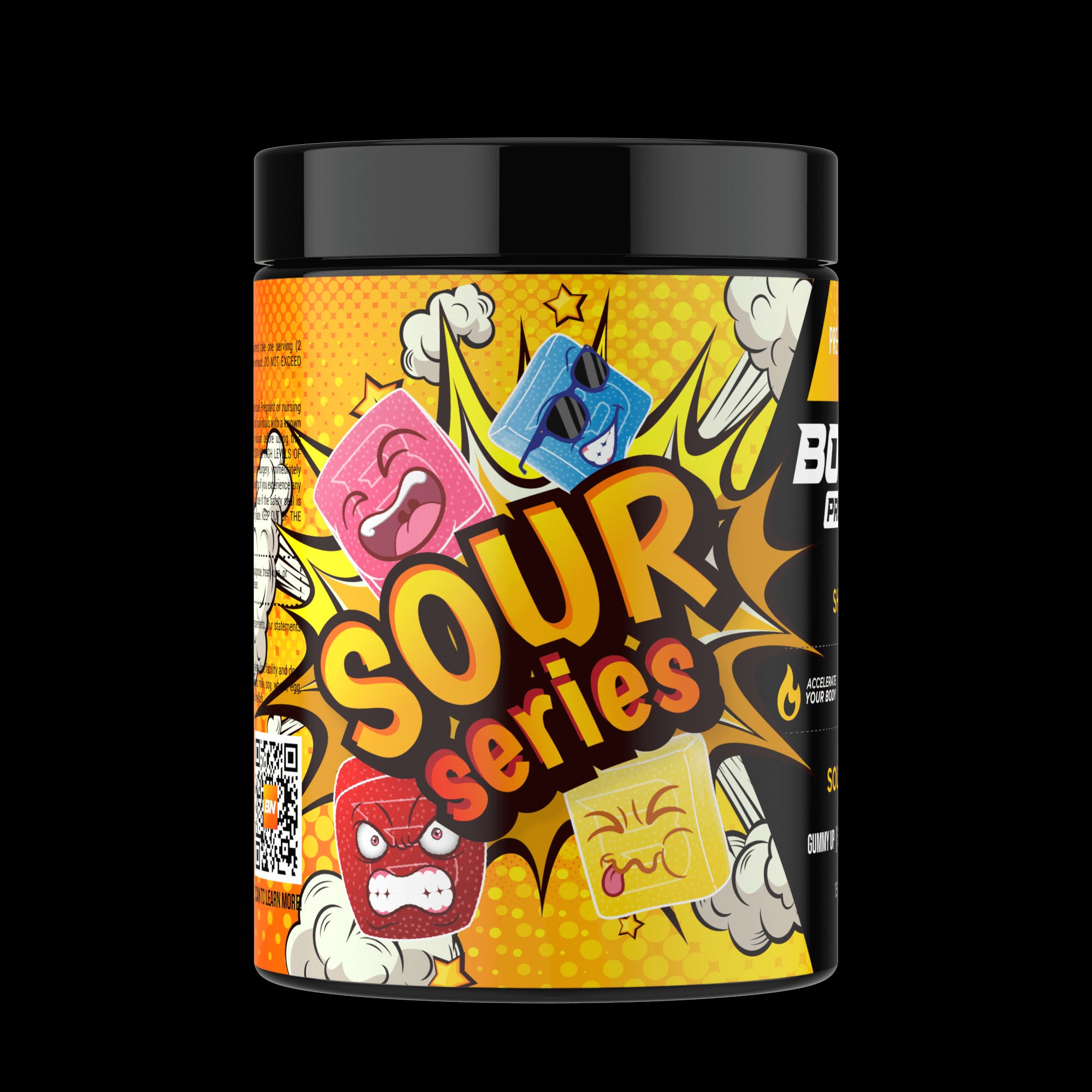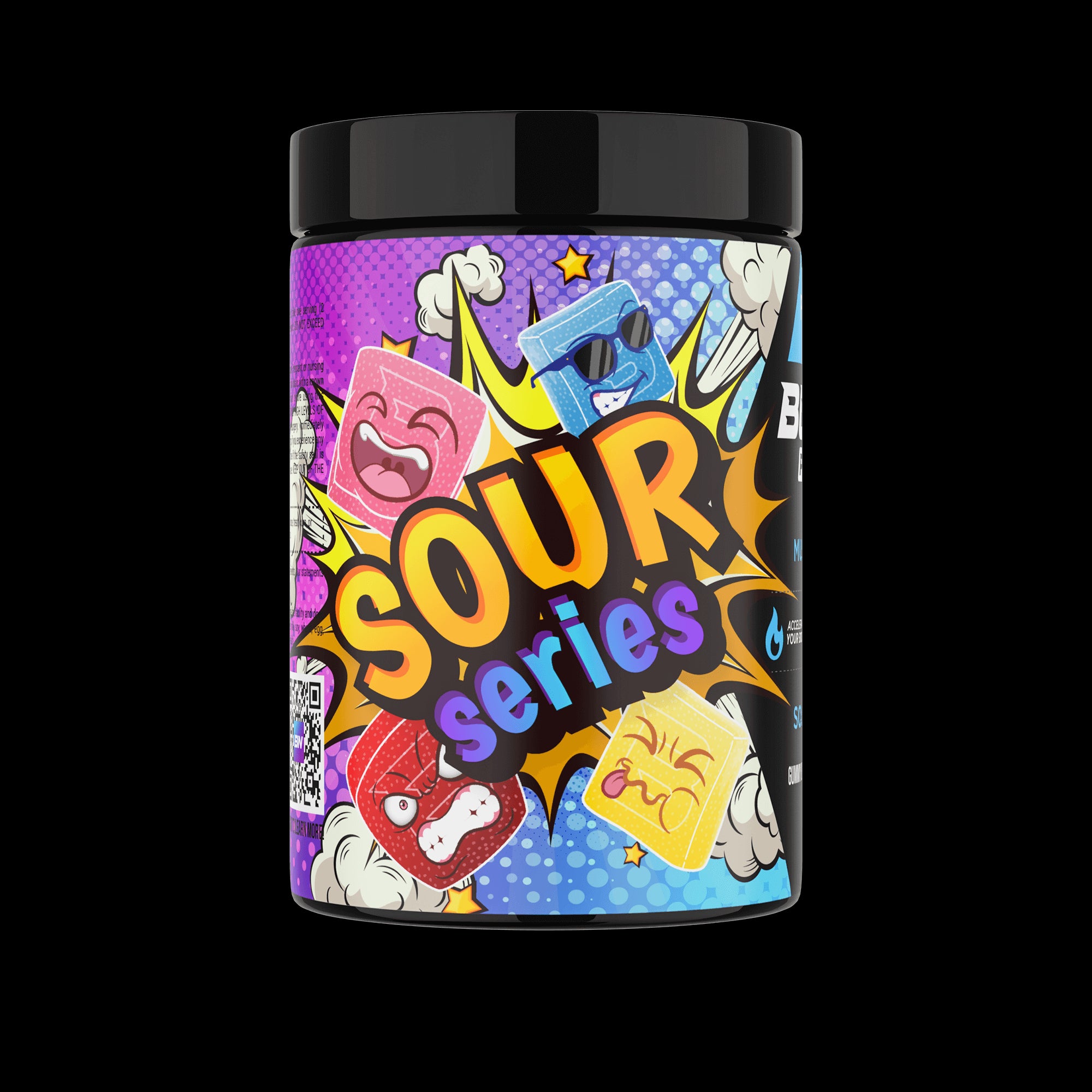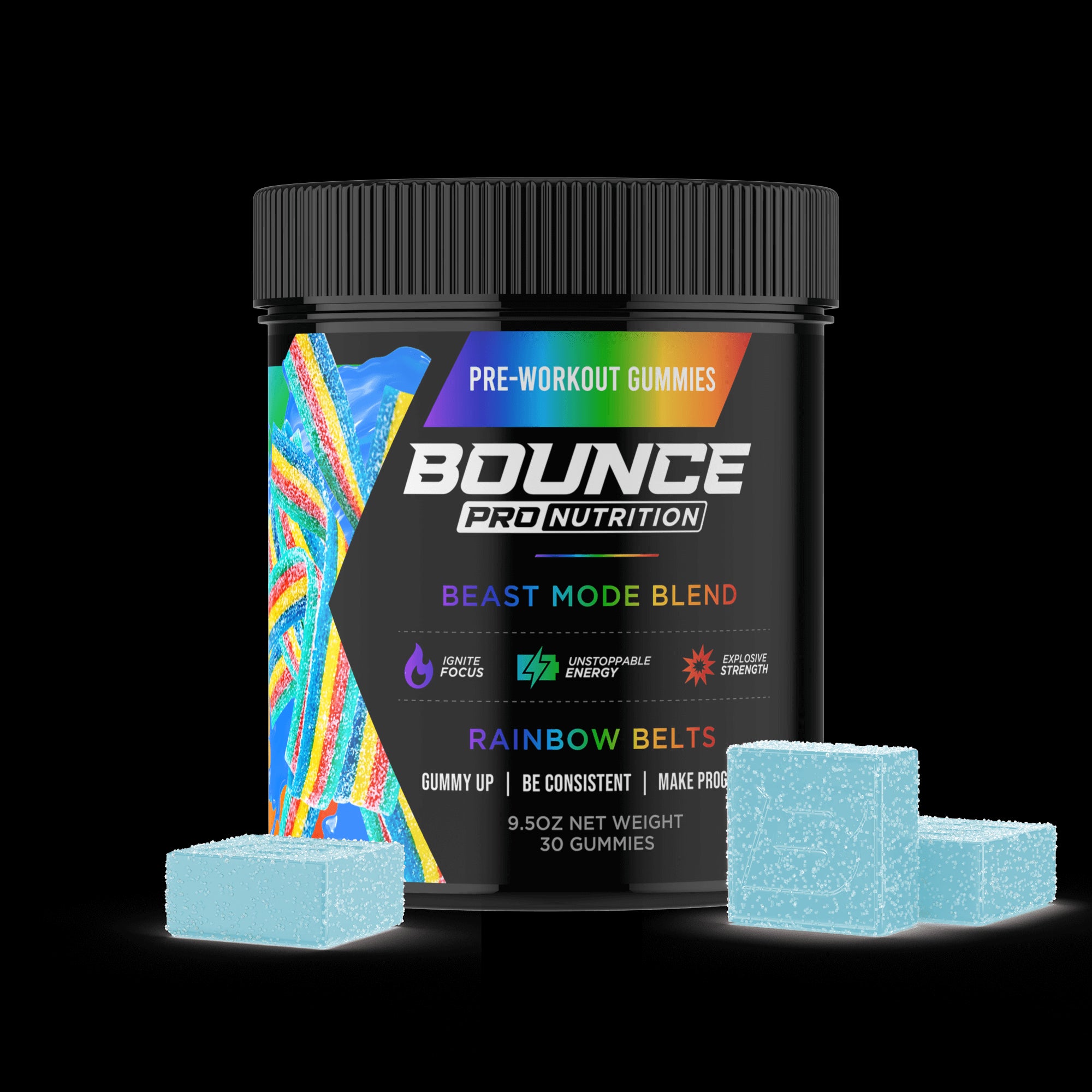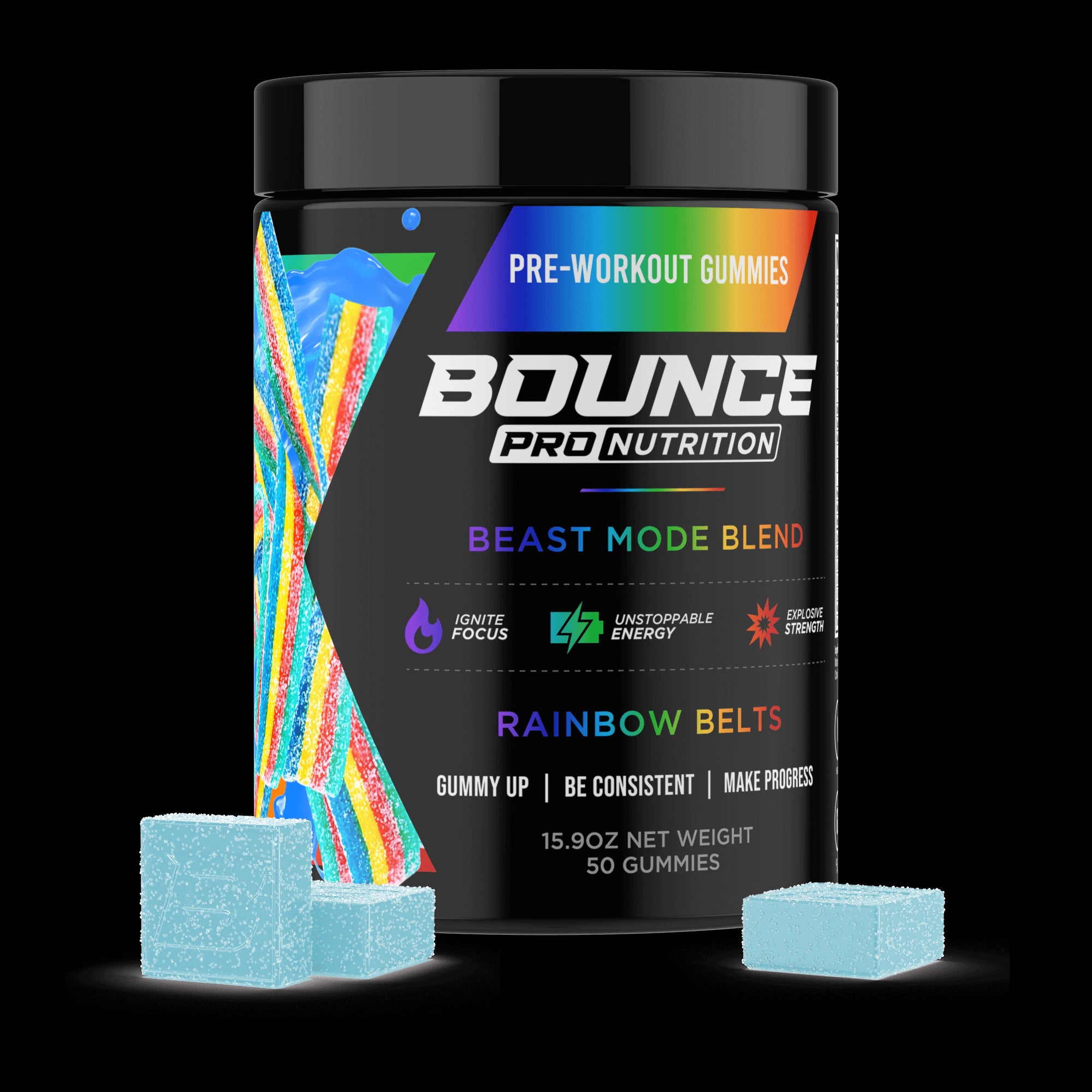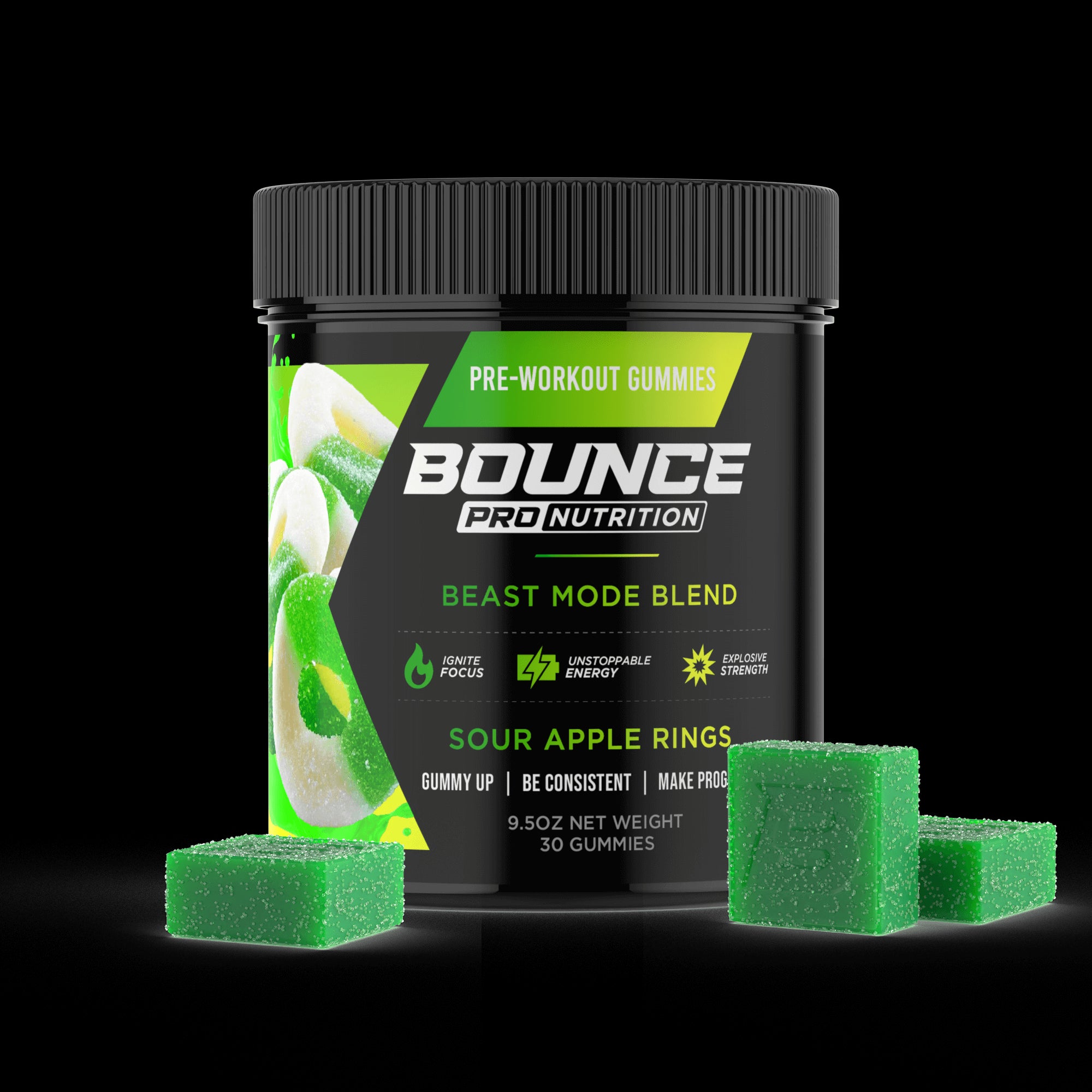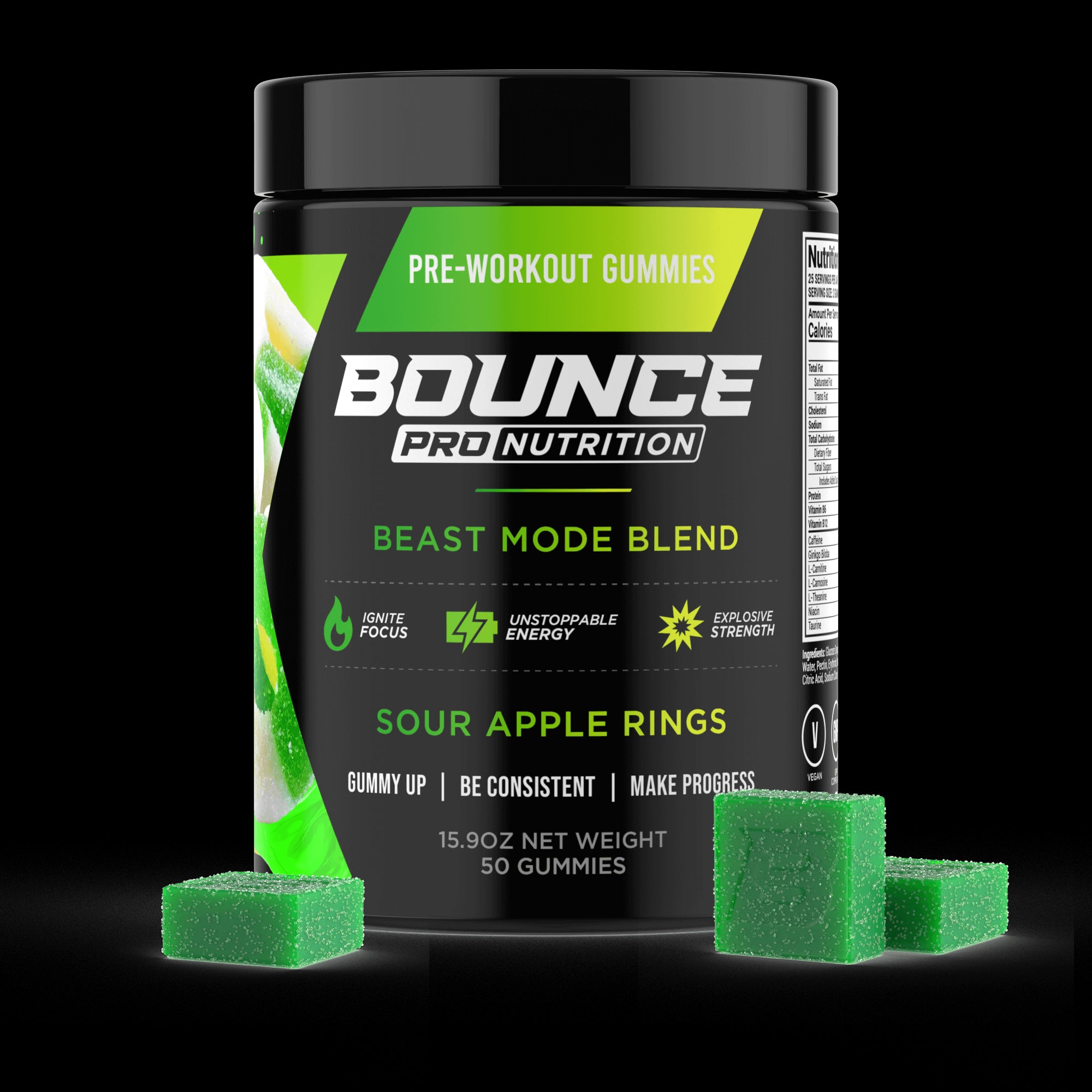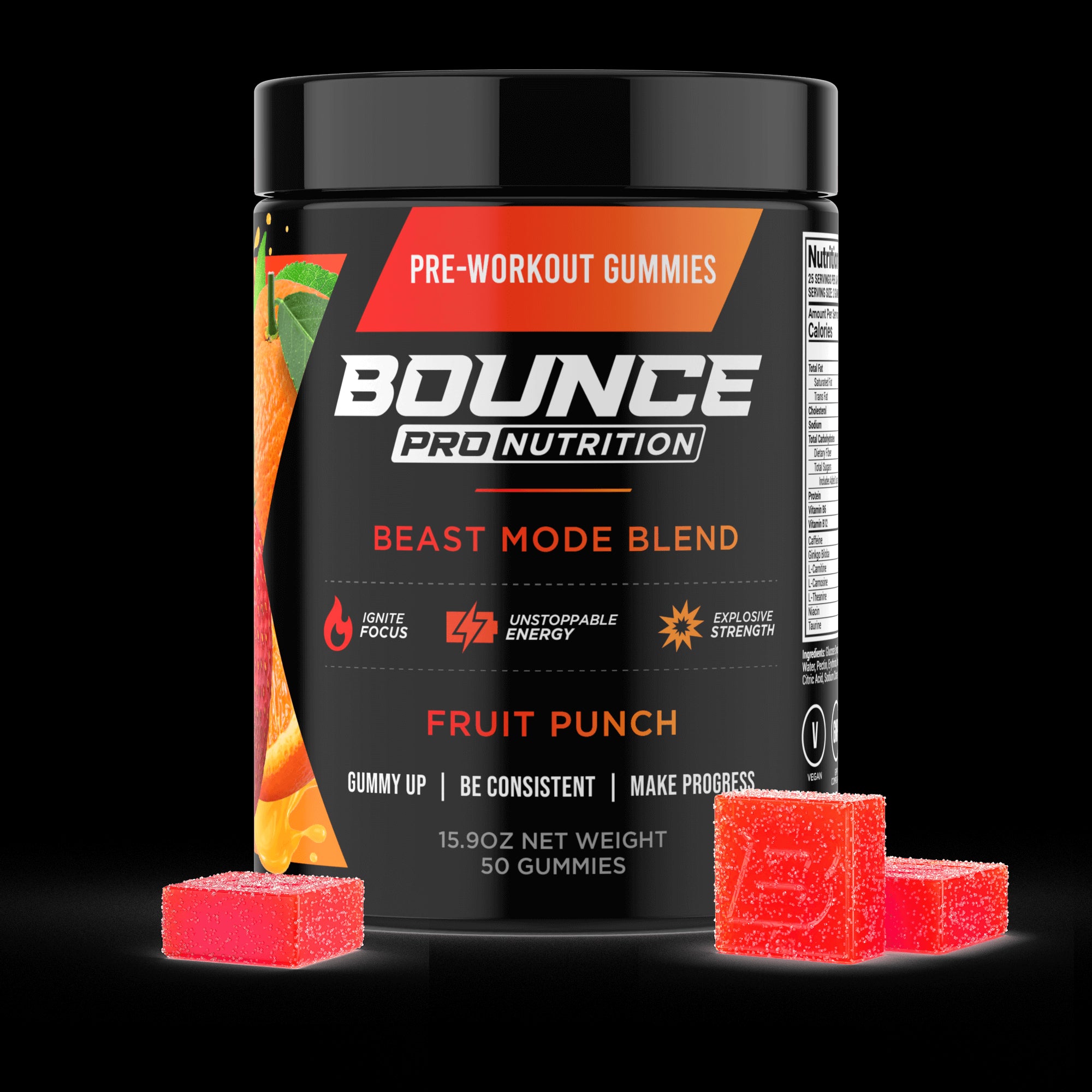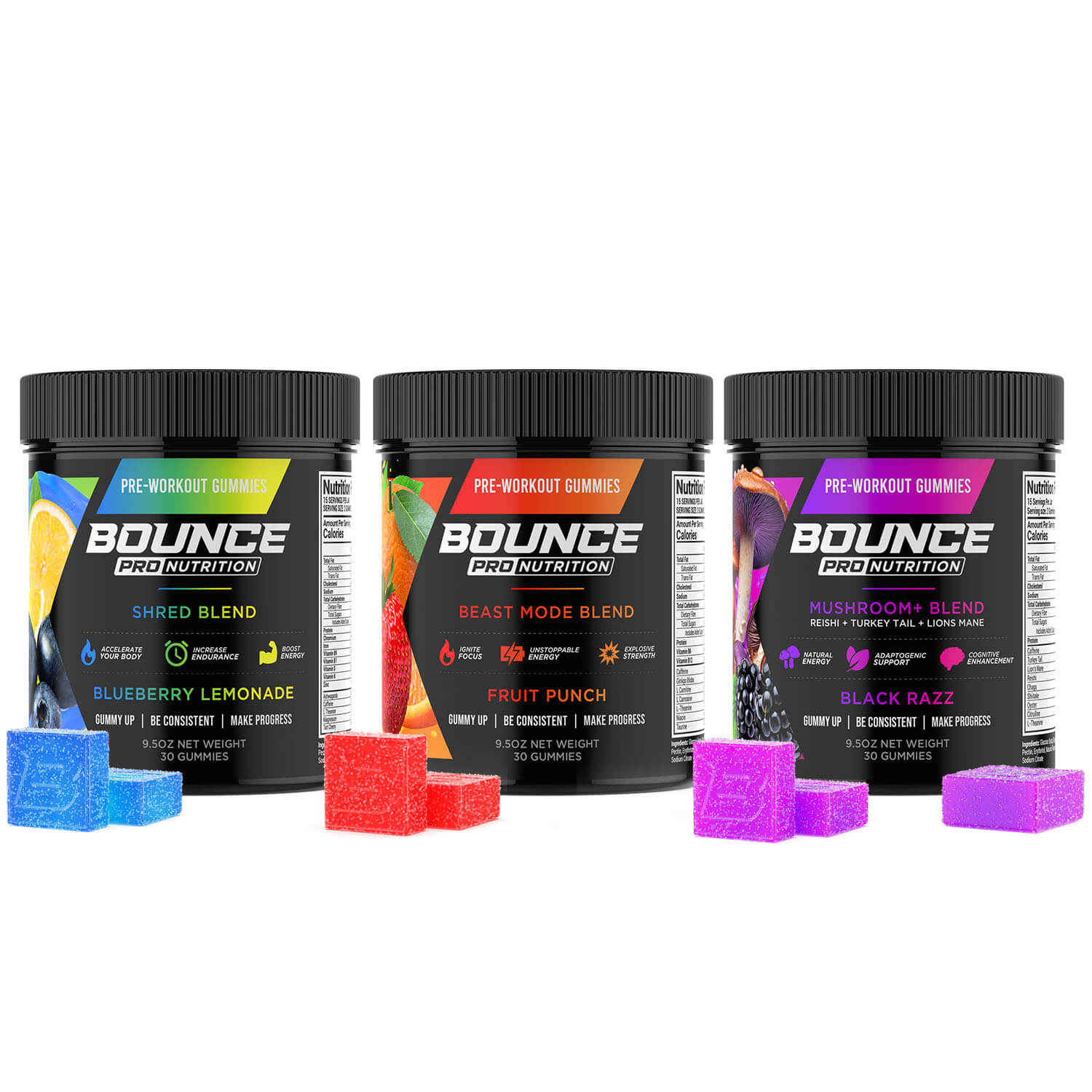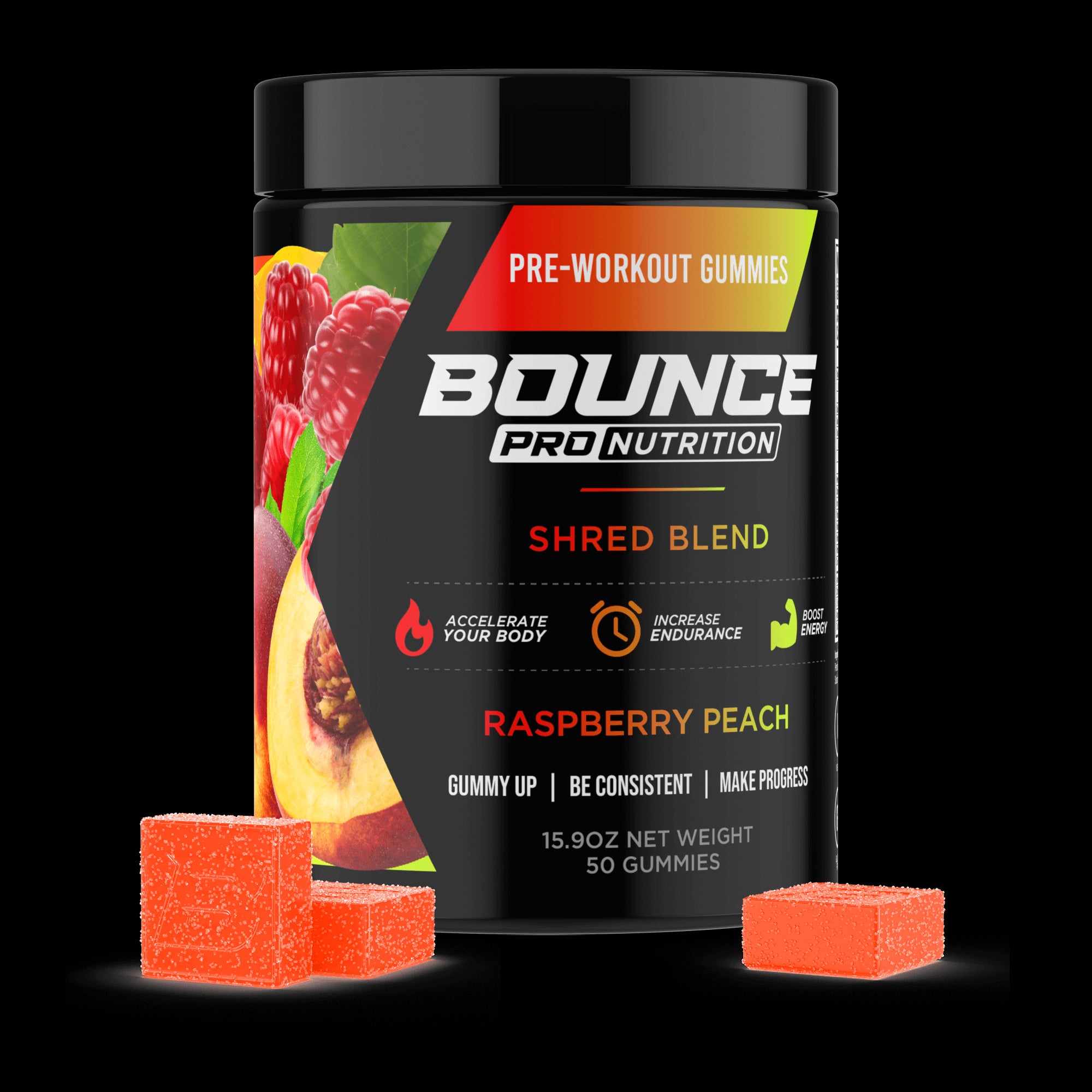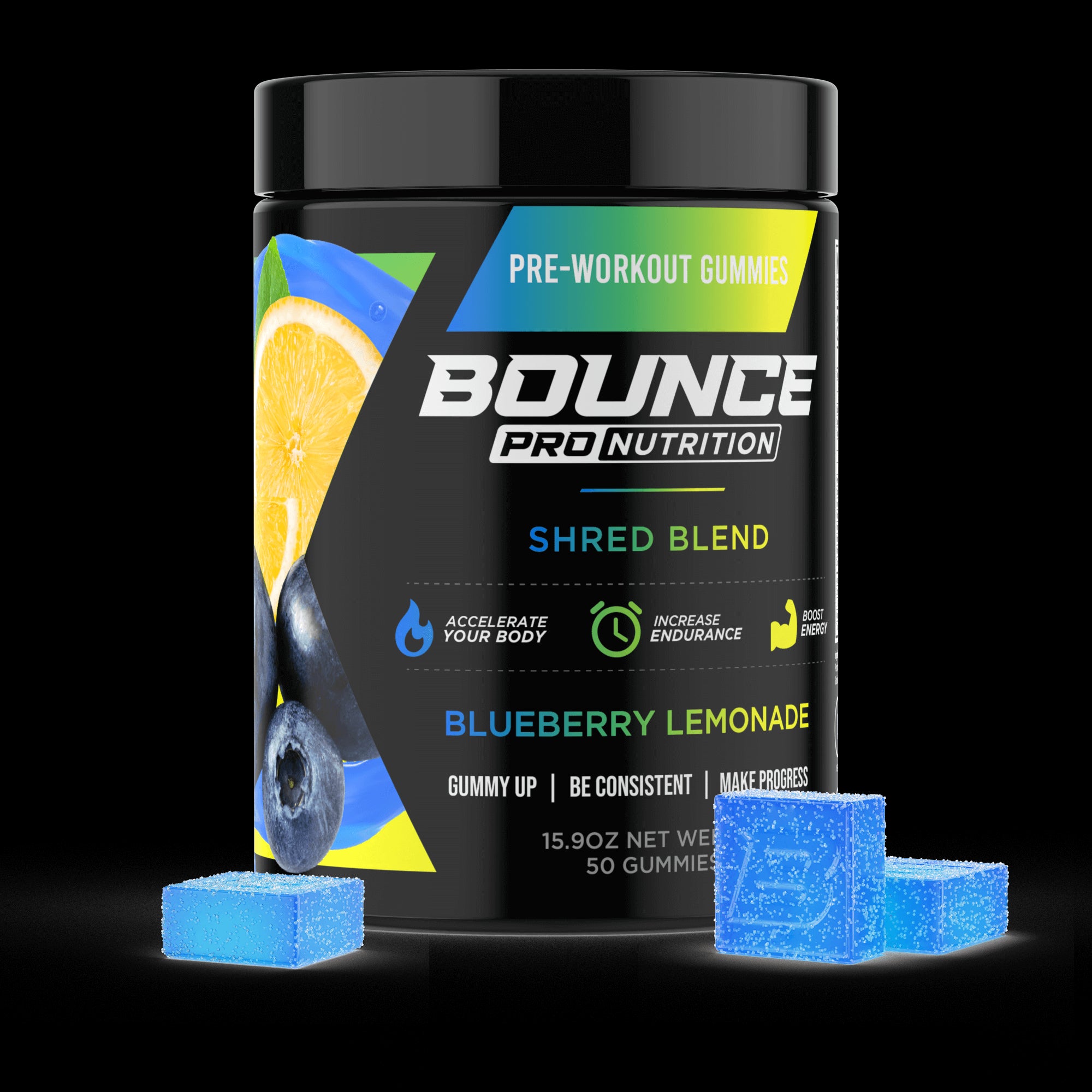Imagine a world where building muscle and supporting a non-GMO lifestyle go hand in hand. Forget the chalky powders and questionable ingredients. We're about to unlock the secrets behind non-GMO creatine gummies, a game-changer in the world of fitness supplements.
These aren't your average gummies; they're a testament to the power of natural ingredients and meticulous production processes. Prepare to explore the fascinating journey from carefully selected raw materials to the final product, where purity and performance converge. This is the future of muscle-building supplementation, where you can achieve your fitness goals without compromise.
TO BUY CREATINE GUMMIES CLICK HERE
What is Creatine and Its Purposes?
Creatine, a naturally occurring nitrogenous organic acid, plays a pivotal role in energy production, particularly during high-intensity, short-duration activities. It's primarily stored in skeletal muscle, where it acts as a rapid energy reserve. When you engage in intense exercise, your body uses adenosine triphosphate (ATP) for energy. Creatine phosphate donates a phosphate group to ADP (adenosine diphosphate), rapidly regenerating ATP, thus sustaining high-intensity efforts. This process is crucial for activities like weightlifting, sprinting, and other explosive movements. Beyond physical performance, creatine also influences cognitive function, potentially improving short-term memory and reducing mental fatigue.
The body naturally produces creatine gummies in the liver, kidneys, and pancreas, but the amount is often insufficient to maximize performance and potential benefits. Supplementation can elevate muscle creatine stores, leading to improved strength, power, and muscle mass. This increased creatine availability not only enhances physical capabilities but also supports muscle recovery by reducing muscle damage and inflammation following intense exercise. It’s important to note that individual responses to creatine supplementation can vary, and factors like diet, training regimen, and genetics influence its effectiveness.
Creatine's influence extends beyond the gym, with research exploring its potential therapeutic applications. Its role in cellular energy metabolism makes it a subject of ongoing research, with scientists investigating its potential to support overall health and well-being. By enhancing cellular energy availability, creatine may contribute to improved cellular function and resilience, impacting various physiological processes.
What Does Non-GMO Mean?
"Non-GMO" stands for "non-genetically modified organism". It signifies that a product is made without ingredients derived from organisms whose genetic material has been artificially altered in a way that doesn't occur naturally through mating or natural recombination. GMOs are created through genetic engineering techniques that involve inserting genes from one organism into another, often to introduce traits like pest resistance or increased yield. While GMOs are prevalent in the food supply, particularly in crops like corn and soy, there's ongoing debate about their long-term effects on human health and the environment.
For many consumers, choosing non-GMO products is a way to prioritize natural and unaltered ingredients. This preference stems from concerns about the potential risks associated with GMOs, such as the development of allergies, antibiotic resistance, and unforeseen environmental impacts. While regulatory bodies like the FDA maintain that approved GMOs are safe for consumption, the non-GMO movement advocates for transparency and consumer choice in the food and supplement industry.
The Non-GMO Project, a non-profit organization, offers a third-party verification program that provides consumers with assurance that products bearing their seal meet rigorous non-GMO standards. This involves independent testing and traceability throughout the supply chain to ensure that ingredients are derived from non-GMO sources. For manufacturers, obtaining Non-GMO Project verification demonstrates a commitment to transparency and quality, providing consumers with confidence in the integrity of their products.
Choosing non-GMO products aligns with a broader movement towards conscious consumption, where individuals seek to understand the origins of their food and make informed choices about the products they consume. It reflects a desire for greater transparency in the food and supplement industry and a growing awareness of the potential impacts of genetic modification on human health and the environment.
What are Non-GMO Creatine Gummies?
Non-GMO creatine gummies are a specialized type of dietary supplement that combines the muscle-building benefits of creatine with the purity and transparency of non-GMO ingredients. These gummies are meticulously crafted without any ingredients derived from genetically modified organisms, making them suitable for individuals seeking to avoid GMOs in their diet and supplement regimen. They offer a safe and effective way to enhance muscle strength, power, and size while adhering to a non-GMO lifestyle.
These gummies typically contain creatine monohydrate, a compound scientifically proven to enhance athletic performance and promote muscle growth. However, unlike traditional creatine supplements that may utilize GMO-derived ingredients in their production process, non-GMO creatine gummies are carefully formulated to exclude any such components. This allows individuals seeking to avoid GMOs to enjoy the benefits of creatine supplementation without compromising their dietary preferences or concerns about the potential long-term effects of GMO consumption. The goal: to provide a transparent and trustworthy product that empowers consumers to make informed choices about their supplementation while supporting their fitness goals.
How Non-GMO Creatine Gummies are Made
The production of non-GMO creatine gummies is a meticulous process that demands strict adherence to quality standards and non-GMO sourcing protocols. Manufacturers must carefully select non-GMO ingredients, maintain a controlled production environment, and employ rigorous testing procedures to ensure the final product is free from any genetically modified components. This involves a combination of scientific expertise, ethical sourcing practices, and manufacturing precision to create a supplement that is both effective and aligned with a non-GMO lifestyle.
Before delving into the specific steps involved, it's crucial to understand that maintaining the integrity of the non-GMO claim is paramount throughout the entire manufacturing process. This means that production facilities often have dedicated non-GMO production lines and employ strict protocols to avoid any contact with GMO-containing ingredients. The entire process is conducted in a controlled and hygienic environment to ensure product safety and maintain the integrity of the non-GMO claim. Each stage is closely monitored and documented to ensure consistency and traceability, providing consumers with confidence in the final product.
Step 1: Ingredient Selection
The foundation of any high-quality non-GMO creatine gummy lies in the meticulous selection of its ingredients. Manufacturers prioritize sourcing ingredients that are certified non-GMO by reputable third-party organizations, such as the Non-GMO Project. This involves working closely with suppliers who can provide detailed documentation and certifications to verify the non-GMO status of their products. Pure creatine monohydrate is sourced from suppliers who guarantee its purity and non-GMO origin. Natural sweeteners, flavorings, and gelling agents are also selected based on their non-GMO status and compliance with quality standards.
Each ingredient undergoes rigorous testing and analysis to ensure its purity and compliance with non-GMO standards.
Step 2: Creating the Base Mixture
Once the non-GMO ingredients have been selected and verified, the next step involves creating the base mixture. This is a critical stage that requires precise measurements and controlled conditions to ensure consistency and quality. The non-GMO gelling agent, often pectin or tapioca starch, is carefully dissolved in purified water and heated to a specific temperature to activate its gelling properties. The creatine monohydrate is then added to the mixture, ensuring it is fully dissolved and evenly distributed. Natural sweeteners and flavorings are incorporated, and the entire mixture is thoroughly blended to create a homogenous solution.
Both viscosity and temperature of the mixture are closely monitored to achieve the desired consistency, ensuring that the creatine gummies will have the correct texture and mouthfeel.
Step 3: Pouring and Molding the Gummies
With the base mixture prepared, the next step is to pour it into molds. These molds are typically made from food-grade silicone, chosen for its flexibility and non-stick properties, which allow for easy release of the creatine gummies once they have set. The pouring process is carefully controlled to ensure that each mold is filled evenly and to the correct level, preventing variations in size and shape.
Automated dispensing systems are often used to ensure precision and consistency. The molds are then placed in a temperature-controlled cooling chamber or allowed to set at room temperature, depending on the specific formulation and gelling agent used. This cooling process allows the gelling agent to solidify, transforming the liquid mixture into chewy gummies.
Step 4: Removal from Molds
After the creatine gummies have fully set, they are carefully removed from the molds. This process requires gentle handling to prevent damage to the delicate gummies. The flexibility of the silicone molds allows for easy release, ensuring that the gummies retain their intended shape and texture. The removed gummies are placed on clean, sanitized surfaces or trays for further processing. This step is crucial in maintaining the aesthetic appeal and structural integrity of the final product, ensuring that each gummy is visually appealing and free from defects.
Step 5: Quality Control
Quality control is a paramount aspect of the manufacturing process, ensuring that the final product meets the highest standards of safety and efficacy, especially regarding non-GMO claims. The non-GMO creatine gummies are meticulously inspected for shape, size, consistency, and appearance. They are also checked to ensure that the correct amount of creatine is distributed evenly across all gummies. Advanced analytical techniques, like PCR (polymerase chain reaction) testing, are used to verify the absence of GMOs and ensure that the product meets the strict non-GMO standards. Any gummies that don't meet the stringent quality standards, including those with any signs of GMO contamination, are discarded, preventing them from reaching consumers.
Basically, this rigorous inspection process guarantees that only the highest quality gummies are packaged and sold, providing consumers with a safe and effective non-GMO supplement.
Step 6: Coating and Drying
To enhance the texture and prevent sticking, some manufacturers apply a light coating to the gummies. This coating must also be non-GMO and may consist of a natural food-grade wax, such as carnauba wax, or a light dusting of tapioca starch. The creatine gummies are then placed in a controlled drying chamber to remove any excess moisture and further solidify their texture. This drying process is carefully monitored to prevent the gummies from becoming too hard or brittle, ensuring that they maintain their desired chewy consistency.
The objection: to craft a product that has a pleasant mouthfeel and a smooth, non-sticky surface, enhancing the overall consumer experience.
Step 7: Sorting
After the coating and drying process, the gummies are sorted to remove any that are misshapen, damaged, or otherwise defective. This sorting process is typically done using automated optical sorting equipment or by trained personnel. The sorted creatine gummies are then ready for packaging, ensuring that only the best quality products reach the consumer. This step ensures that the final product is uniform and visually appealing.
Step 8: Packaging and Labeling
The sorted gummies are packaged in airtight containers or pouches to maintain their freshness and prevent moisture absorption. The packaging is designed to protect the creatine gummies during transport and storage, ensuring that they remain in optimal condition. The labels are carefully printed with accurate information about the ingredients, nutritional content, and recommended usage, clearly stating that the product is non-GMO and listing any potential cross-contamination risks. This labeling process ensures that consumers have access to comprehensive and accurate information about the product, allowing them to make informed decisions.
Step 9: Final Inspection
Before the packaged creatine gummies are shipped, they undergo a final inspection to ensure that they meet all quality and safety standards. This inspection includes checking the packaging for any damage or defects, verifying that the labels are accurate and legible, and ensuring that the product remains free from any potential GMO contamination.
For those who don’t know, GMO contamination, or genetic contamination, refers to the unintended spread of genetically modified organisms (GMOs) or their genetic material to non-GMO crops or wild plant populations. This typically occurs through:
-
Cross-pollination: Pollen from GMO plants can be carried by wind or insects to non-GMO plants, resulting in the transfer of genetic traits.
-
Seed mixing: GMO and non-GMO seeds can become mixed during harvesting, storage, or transportation.
And so, this contamination can have various consequences, including:
-
Potential impacts on biodiversity.
-
Economic concerns for farmers who want to maintain non-GMO or organic status.
Concerns about consumer choice and labeling.
Essentially, this final step guarantees that the product is ready for distribution and consumption, providing consumers with a safe and high-quality non-GMO supplement.
Considerations for Companies Making Non-GMO Creatine Gummies
Companies producing non-GMO creatine gummies must navigate a complex landscape of consumer preferences, supply chain challenges, and regulatory requirements. They must prioritize transparency, traceability, and strict adherence to non-GMO standards to build trust with consumers and ensure the integrity of their products. This requires a commitment to ethical sourcing, rigorous testing, and continuous improvement in their manufacturing processes.
Furthermore, companies need to stay informed about the evolving landscape of non-GMO regulations and consumer expectations. As awareness of GMOs and their potential impacts grows, consumers are demanding greater transparency and assurance about the non-GMO status of the products they consume. Companies must proactively address these concerns by providing clear and accessible information about their non-GMO practices and engaging in open communication with consumers.
Consideration #1: Supply Chain Integrity
Maintaining a robust and transparent supply chain is crucial for ensuring the non-GMO status of the final creatine product. Companies must establish strong relationships with trusted suppliers who share their commitment to non-GMO principles. This involves conducting thorough audits of suppliers' facilities and practices, requiring detailed documentation and certifications, and implementing tracking systems to trace the origin of each ingredient. By prioritizing supply chain integrity, companies can minimize the risk of GMO contamination and provide consumers with confidence in the authenticity of their non-GMO claims.
Consideration #2: Testing and Verification
Rigorous testing and verification procedures are essential for validating non-GMO claims and ensuring product purity. Companies should employ a combination of in-house and third-party testing to verify the absence of GMOs in both raw materials and finished products. This may involve using advanced analytical techniques, such as PCR testing, to detect even trace amounts of GMO-derived DNA. Regular testing and audits are crucial for maintaining the integrity of the non-GMO claim and providing consumers with peace of mind.
Consideration #3: Consumer Education and Engagement
Educating consumers about the importance of non-GMO choices and the company's commitment to non-GMO production is essential for building trust and fostering brand loyalty. Companies should provide clear and accessible information about their non-GMO sourcing practices, testing procedures, and labeling standards on their websites, product packaging, and marketing materials. Engaging with consumers through social media, educational campaigns, and community events can further strengthen the company's commitment to transparency and empower consumers to make informed choices about their health and wellness.
Now You Know the Non-GMO Creatine Gummies Creation Process
The journey of a non-GMO creatine gummy, from meticulously sourced ingredients to a muscle-boosting treat, is a testament to the power of combining scientific innovation with a commitment to natural and transparent production practices. These gummies represent a new era in sports nutrition, where performance and conscious consumption go hand in hand. They offer a glimpse into a future where consumers can achieve their fitness goals without compromising their values or dietary preferences.
As you embark on your own fitness journey, remember the dedication and precision behind every non-GMO creatine gummy. It's a product that embodies the potential of clean, transparent supplementation, empowering you to fuel your muscles and support a non-GMO lifestyle with confidence.
So, embrace the convenience and benefits of these innovative gummies, knowing that they are the result of a carefully orchestrated process designed to optimize your performance while respecting your commitment to a non-GMO world.
TO BUY CREATINE GUMMIES CLICK HERE

